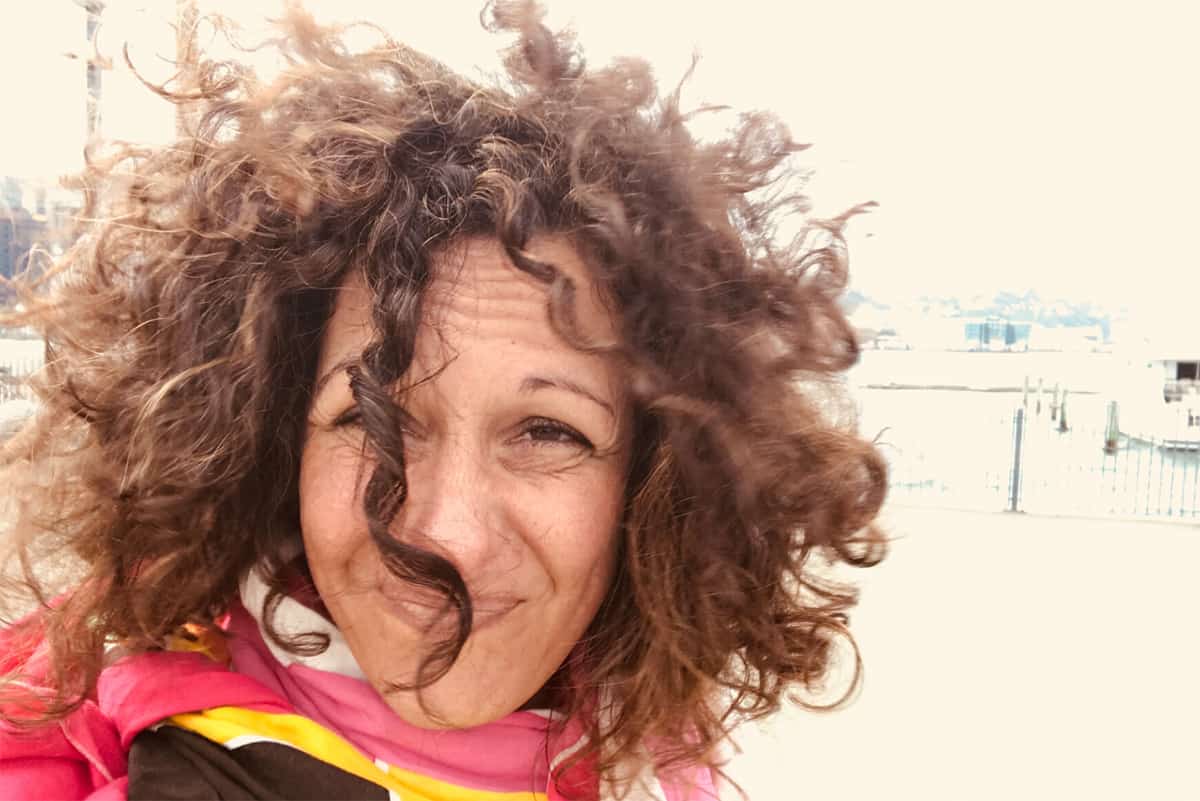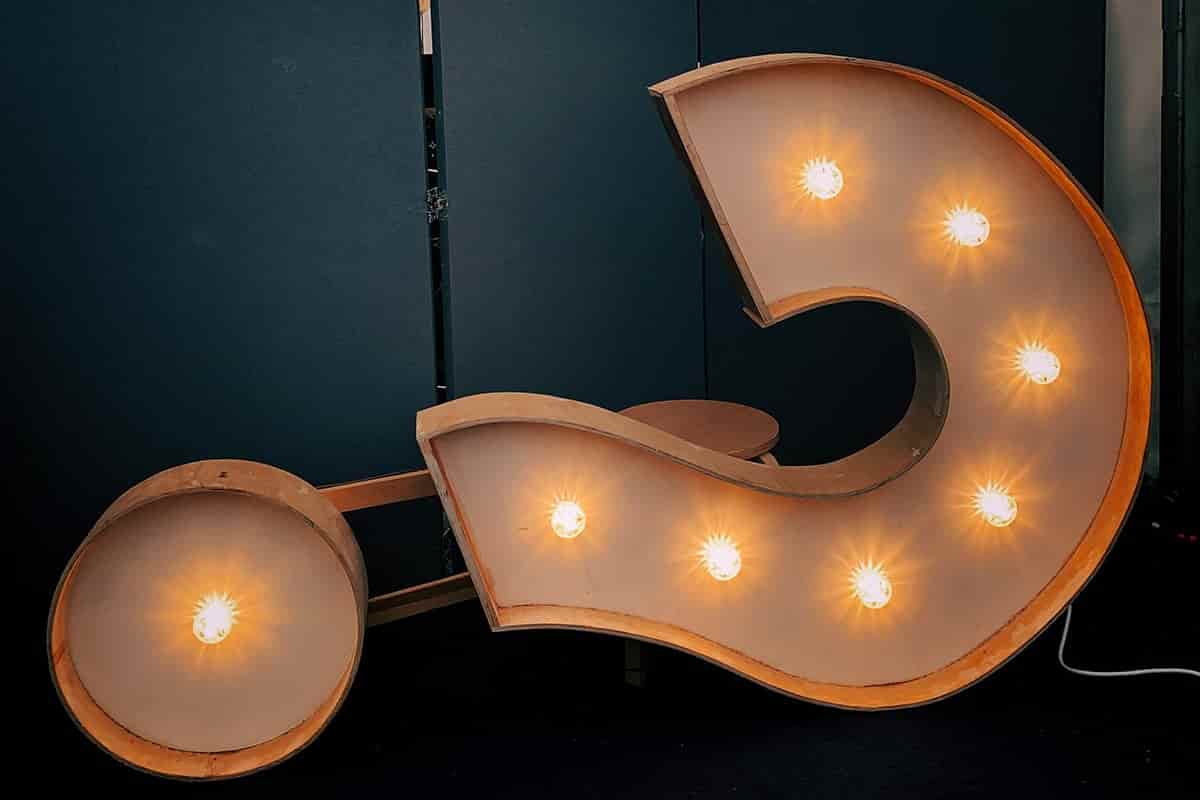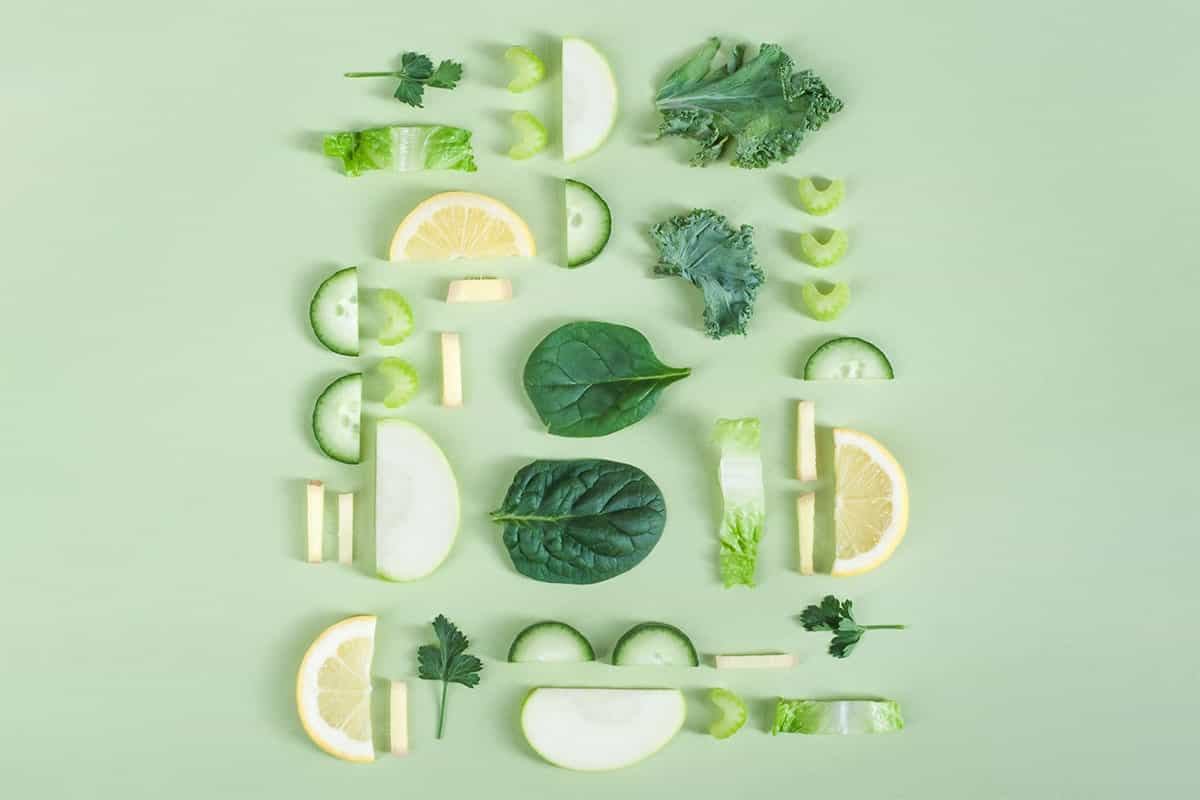Thin, Dry, Frizzy Hair—Oh My!

Around menopause, falling estrogen and progesterone levels can wreak havoc with your hair. Thick, smooth, shiny locks are suddenly thin, dry, and frizzy. Not to mention going gray and looking a little dull. You might even find that while you’re losing hair on your head, it starts growing someplace less desirable like your chin. Talk about adding insult to injury!
It’s typical for people to lose 50-100 hairs a day in a natural process of growth and hair loss. About one-third of women experience hair loss beyond this normal level (alopecia) at one point in their life. That number climbs to two-thirds in postmenopausal women.
The impact of changing hair patterns is most noticeable in your mid-40s. In addition to fluctuating hormones, some women may be genetically predisposed to thinning hair with age. Certain medications, stress, and thyroid hormone imbalances can also contribute.
Not only does hair get thinner and finer after midlife, but it also becomes more dry and brittle as a result of decreased oil production. When you add heat styling and coloring, the problem gets even worse.
Signs and Symptoms of Hair Loss and Thinning Hair
A few telltale clues indicate that your hair is thinning during menopause. Look out for:
- More hair on your hairbrush, pillow, in the shower or sink drains, and on the floor.
- Noticeable patches of thinning or missing hair.
- A smaller ponytail.
- Seeing hair break off.
Solutions for Aging Hair
Hair loss and aging hair can create anxiety, stress, and challenge your self-esteem. While hormones and genetics are major factors, you do have the ability to influence your hair’s fate through steps like these:
- Eat a healthy plant-based diet with the nutrients that help promote strong, healthy hair growth. These include protein, Omega-3 fatty acids, complex carbohydrates, biotin, iron, zinc, Vitamin A, Vitamin C, Vitamin D, Vitamin E, and flavonoids. Getting nutrients from food is best, but talk to your doctor about supplementation if you think you have a vitamin or mineral deficiency.
- Stay well hydrated with water throughout the day. Adult women need at least 2.7 liters of water per day.
- Manage your stress levels through self-care practices like yoga, meditation, and journaling.
- Avoid pulling your hair back into a tight ponytail, up-do, or braid, or in any way pulling or twisting on the hair. Doing so can pull on the roots, damaging the follicle, and the loss can be permanent.
- Wash your hair regularly, but not too regularly. While getting rid of excess oil and product buildup is important, washing every day can over-dry your hair and scalp.
- Avoid hair care products that contain sulfates.
- Seek out quality products that specifically target aging hair.
- Wear a hat outside to protect your hair and scalp from harsh sunlight.
- Think twice about coloring or bleaching your hair. It may be time to go gray.
- Keep heat styling to a minimum. Blow drying and straightening your hair with high heat settings is quite damaging.
- Talk to your hairdresser about hairstyle options that may better camouflage hair thinning.
- For more extreme hair loss, talk to your healthcare provider about prescription medication options and red light therapy.
Above all, remember that hair regrowth takes time. Don’t give up if you don’t see results right away.
Sign up for more unique women’s health content
By submitting this form, you agree to the Lisa Health Privacy Policy and Terms of Use

